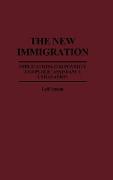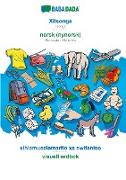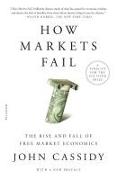- Start
- The New Immigration
The New Immigration
Angebote / Angebote:
Lofty sentiments notwithstanding, the United States has consistently sought to exclude impoverished immigrants from entering the country on the grounds that many become dependent on social welfare institutions. Leif Jensen thoroughly explores the nature of poverty and public assistance utilization among immigrants to the United States during the years 1960 to 1980. Among the questions he explores are: Has there been an increase in the level of poverty and the degree of public assistance utilized by immigrants to the United States during the past twenty years? How do these levels compare to those for native-born Americans and across key racial and ethnic groups? How do individual and family characteristics affect the propensity of families to be poor or to receive public assistance? Following an introduction to the study as a whole, Jensen presents theoretical issues that bear on differences in poverty and welfare use. He reviews U.S. immigration history with particular emphasis on those aspects that are relevant to poverty and the receipt of public assistance.
The chapters that follow review methodological issues, then present the results of Jensen's empirical analysis, two chapters focus on poverty at the family level and two consider public assistance utilization. These chapters build a conceptual background for a multivariate model of poverty at the family level. Because the mere propensity to receive public assistance is only one aspect of the welfare burden imposed by a particular group, the author also examines the absolute amount of public assistance received. Finally, he synthesizes the key findings of his empirical analysis, drawing conclusions regarding the pervasiveness of poverty and actual public assistance receipt among new immigrants. Jensen's thorough analysis and provocative conclusions make this book essential reading for those interested in sociology, demography, economics, and political science.
Folgt in ca. 15 Arbeitstagen




